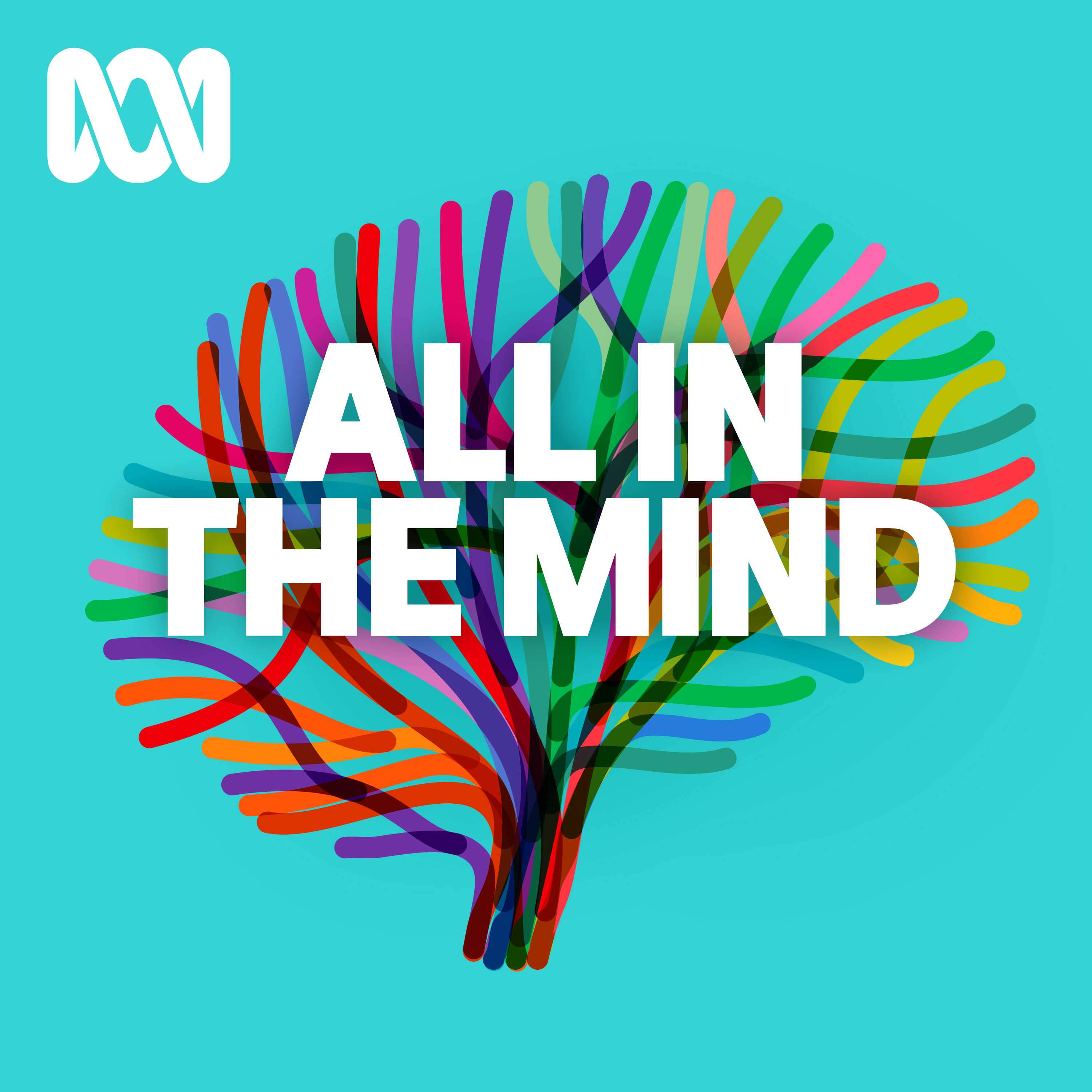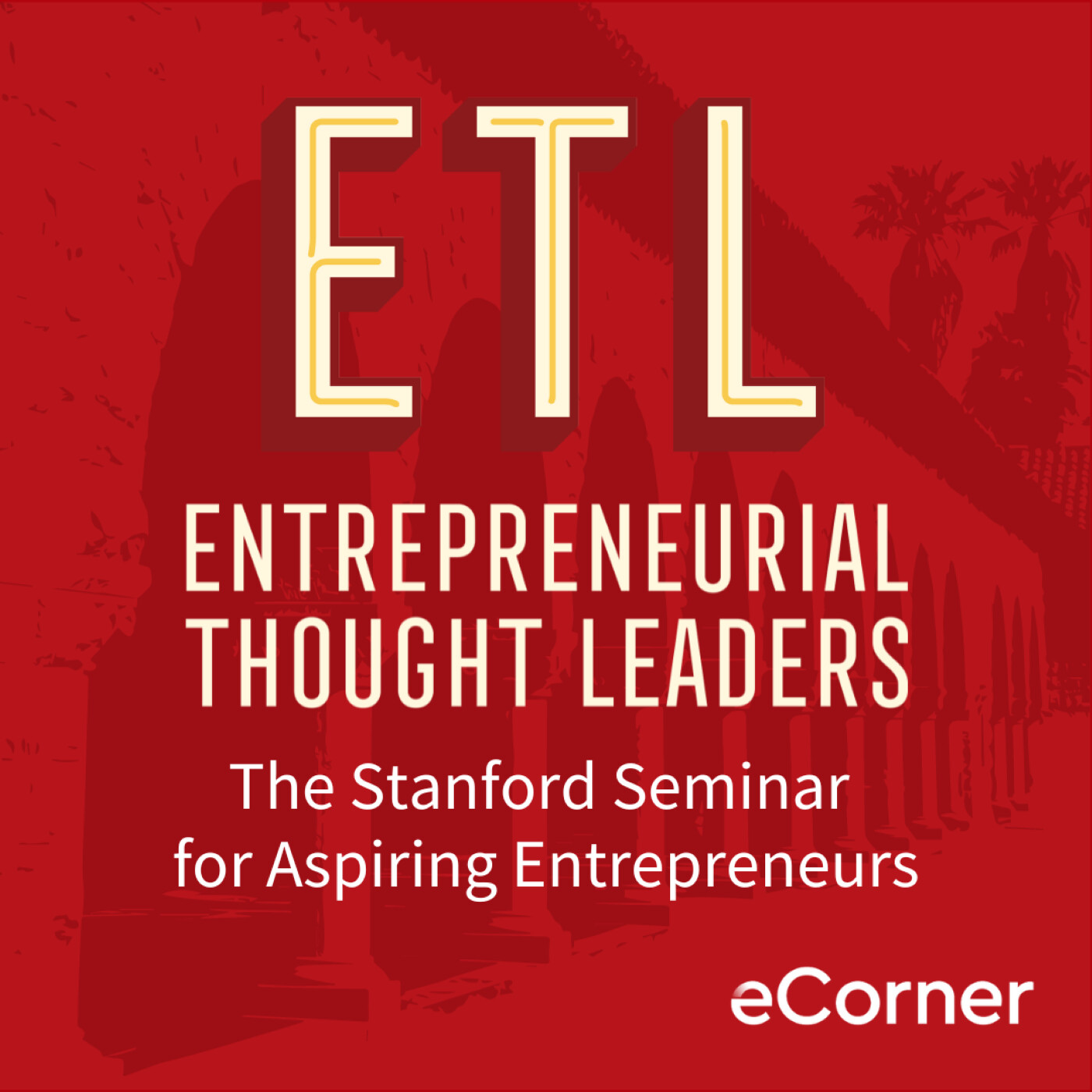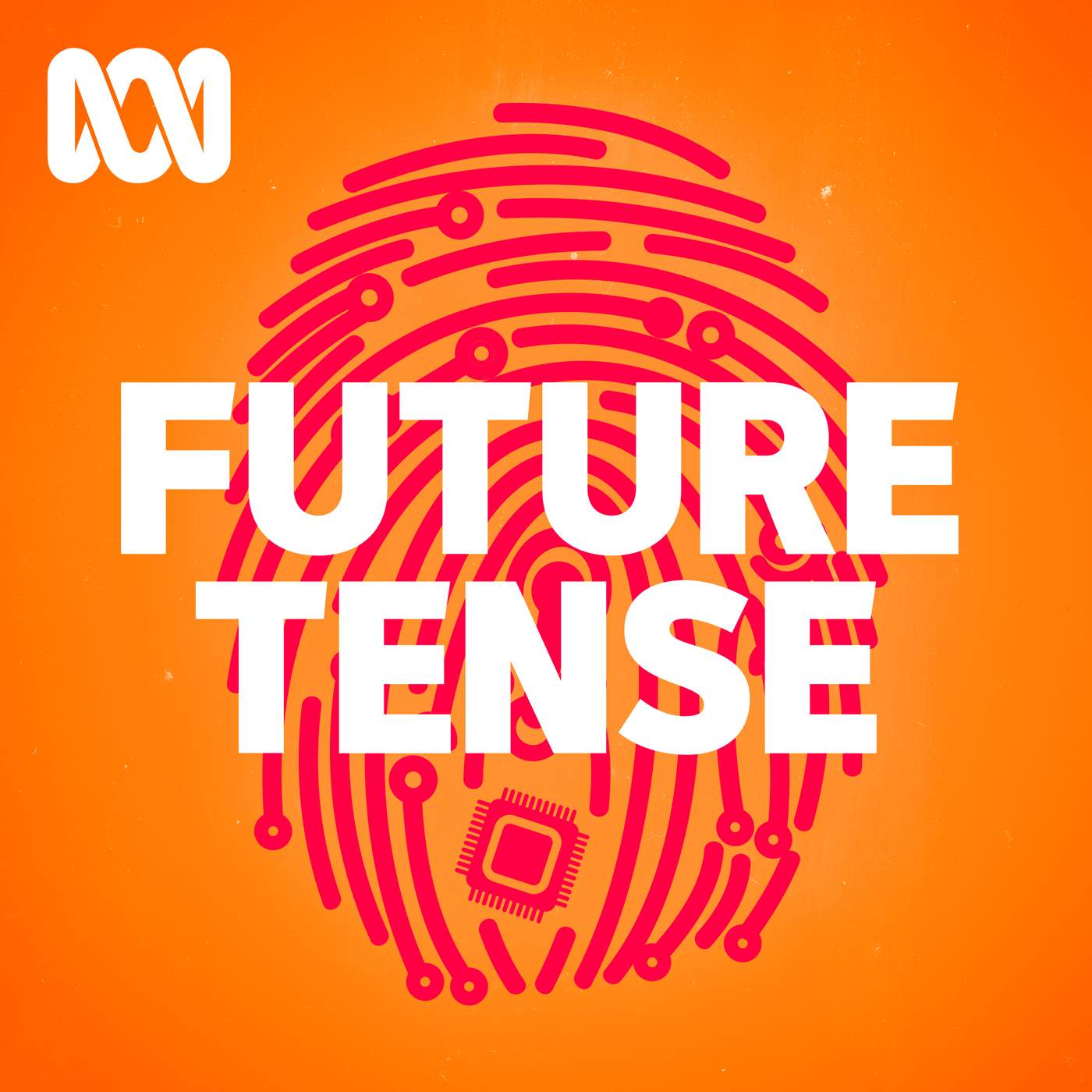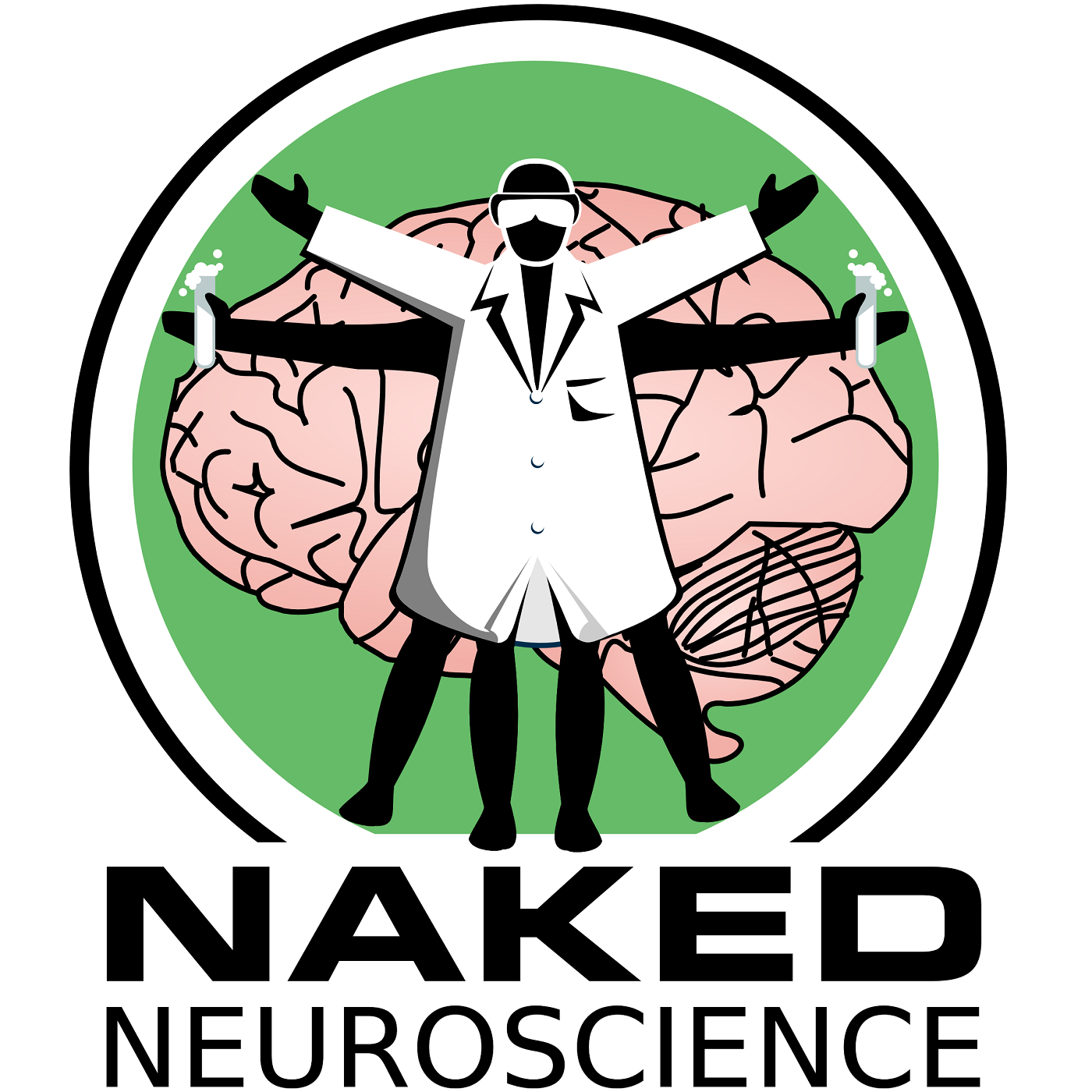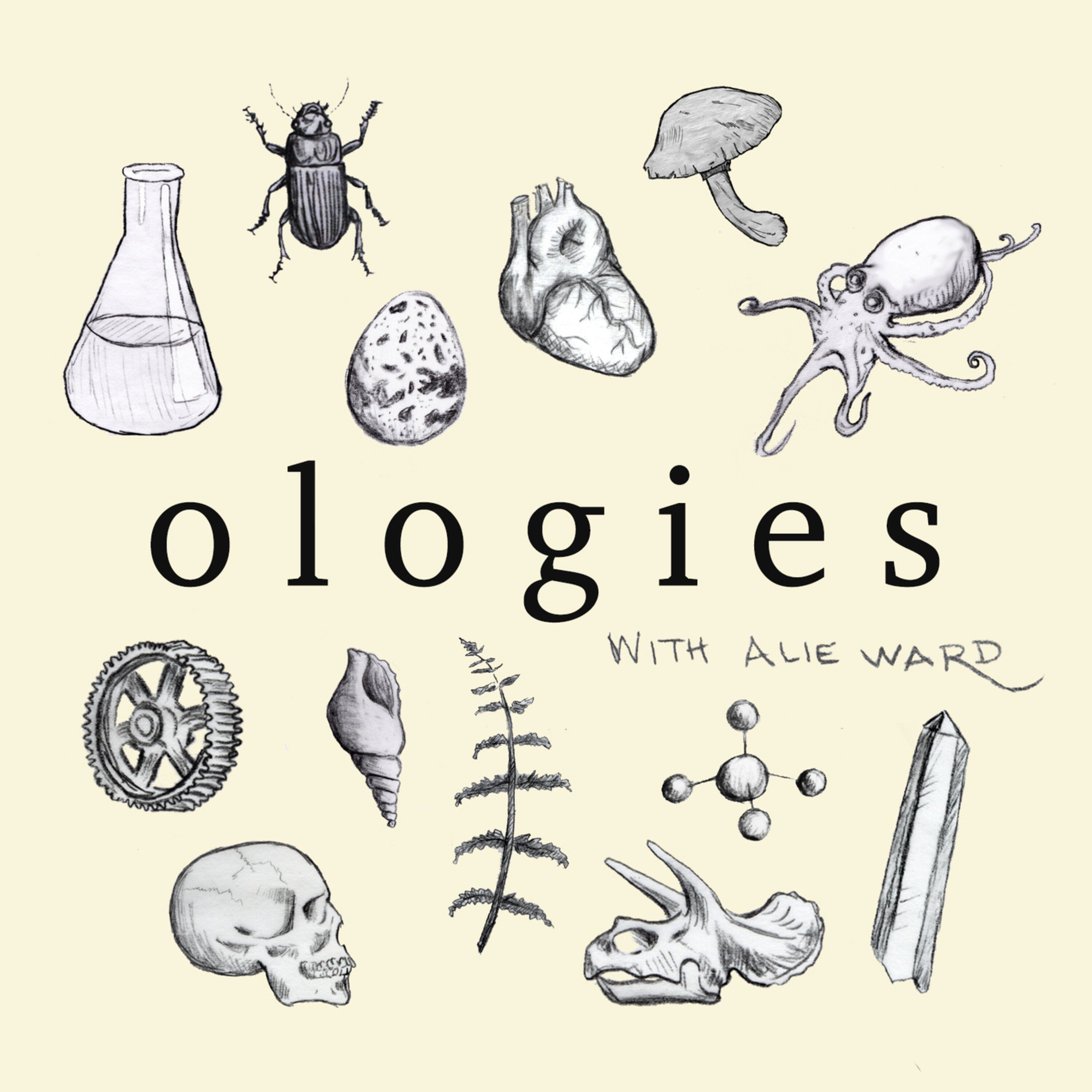
Heliox: Where Evidence Meets Empathy 🇨🇦
Join our hosts as they break down complex data into understandable insights, providing you with the knowledge to navigate our rapidly changing world. Tune in for a thoughtful, evidence-based discussion that bridges expert analysis with real-world implications, an SCZoomers Podcast
Independent, moderated, timely, deep, gentle, clinical, global, and community conversations about things that matter. Breathe Easy, we go deep and lightly surface the big ideas.
Curated, independent, moderated, timely, deep, gentle, evidenced-based, clinical & community information regarding COVID-19. Since 2017, it has focused on Covid since Feb 2020, with Multiple Stores per day, hence a sizeable searchable base of stories to date. More than 4000 stories on COVID-19 alone. Hundreds of stories on Climate Change.
Zoomers of the Sunshine Coast is a news organization with the advantages of deeply rooted connections within our local community, combined with a provincial, national and global following and exposure. In written form, audio, and video, we provide evidence-based and referenced stories interspersed with curated commentary, satire and humour. We reference where our stories come from and who wrote, published, and even inspired them. Using a social media platform means we have a much higher degree of interaction with our readers than conventional media and provides a significant amplification effect, positively. We expect the same courtesy of other media referencing our stories.
Heliox: Where Evidence Meets Empathy 🇨🇦
The Hidden Networks That Rule Our World
Join us for a fascinating deep dive into the world of network analysis, where we explore Node2Vec - a groundbreaking algorithm that helps us understand the hidden communities within complex networks. From social media connections to airport routes, this episode reveals how Node2Vec maps out the intricate relationships in our interconnected world. Our hosts break down the science with engaging analogies and real-world examples, making complex concepts accessible and exciting. Whether you're curious about how Netflix recommends your next favorite show or how scientists identify potential drug targets, this episode illuminates the powerful ways network analysis shapes our understanding of the world around us. Tune in to discover how a simple concept like "random walks" can unlock profound insights about communities hidden within the vast webs of connections that surround us.
Network community detection via neural embeddings
https://www.nature.com/articles/s41467-024-52355-w
This is Heliox: Where Evidence Meets Empathy
Independent, moderated, timely, deep, gentle, clinical, global, and community conversations about things that matter. Breathe Easy, we go deep and lightly surface the big ideas.
Thanks for listening today!
Four recurring narratives underlie every episode: boundary dissolution, adaptive complexity, embodied knowledge, and quantum-like uncertainty. These aren’t just philosophical musings but frameworks for understanding our modern world.
We hope you continue exploring our other podcasts, responding to the content, and checking out our related articles on the Heliox Podcast on Substack.
About SCZoomers:
https://www.facebook.com/groups/1632045180447285
https://x.com/SCZoomers
https://mstdn.ca/@SCZoomers
https://bsky.app/profile/safety.bsky.app
Spoken word, short and sweet, with rhythm and a catchy beat.
http://tinyurl.com/stonefolksongs
Curated, independent, moderated, timely, deep, gentle, evidenced-based, clinical & community information regarding COVID-19. Since 2017, it has focused on Covid since Feb 2020, with Multiple Stores per day, hence a large searchable base of stories to date. More than 4000 stories on COVID-19 alone. Hundreds of stories on Climate Change.
Zoomers of the Sunshine Coast is a news organization with the advantages of deeply rooted connections within our local community, combined with a provincial, national and global following and exposure. In written form, audio, and video, we provide evidence-based and referenced stories interspersed with curated commentary, satire and humour. We reference where our stories come from and who wrote, published, and even inspired them. Using a social media platform means we have a much higher degree of interaction with our readers than conventional media and provides a significant amplification effect, positively. We expect the same courtesy of other media referencing our stories.
Welcome back everyone for another deep dive. This time we're going to be exploring the world of networks. Networks. Yes. Not the kind that you need a good wifey password for. Right. Think more along the lines of social media, transportation systems, or even the connections in our brains. These are all networks and believe it or not, understanding their structure can unlock some pretty amazing insights. It's true. These networks are often incredibly complex and massive. Right. Imagine trying to understand all the connections between millions of people on a social media platform. Oh, for sure. It can be a very daunting task. Absolutely. That's where this idea of graph embedding comes in. Okay. It's basically a clever way to take these really intricate webs and simplify them by mapping each element. Okay. Like, let's say a person in a social network into a sort of digital fingerprint, which we call a vector. So instead of staring at this tangled mess of connections. Yeah. We get these neat little vectors we can actually work with. Precisely. That's pretty cool. Yeah. And it really helps us make sense of these massive data sets. I bet once we have those vectors, we can do all sorts of interesting things with them. Absolutely. Right. Like use machine learning to find patterns and even make predictions. Absolutely. It's like you said, you know, instead of this tangled mess, we can now see the forest and the trees. Right. We can start to visualize relationships. We can cluster similar elements together. Uh-huh. We can even predict future connections. So it really opens up this whole new dimension. Wow. For understanding these really complex systems. That's so cool. But what I think is particularly fascinating is how graph embedding is being used to find communities. OK. Within these networks. Communities. Yeah. You know, those groups of nodes that are more tightly knit. Right. Than the rest of the network. So like finding those tight knit friend groups in a massive social network. Or identifying distinct scientific fields based on how researchers cite each other's work. Exactly. Yeah. I can see how that would be incredibly valuable across all sorts of fields. Absolutely. But there's a challenge here. OK. Community detection can get really tricky when we're dealing with sparse networks. Worse networks. Worse networks. Yeah. Where the connections are kind of limited. OK. So think about it like a rural town with only a few roads connecting everyone. Gotcha. It's a lot harder to see those distinct communities there. Yeah. Compared to, let's say, a bustling city with a really dense network of streets. OK. So the question becomes, how do we find these hidden communities when the connections are faint or few? Yeah. It sounds like we need a special kind of detective. We do. Yeah. And luckily we have one. Oh. And it's called Node2Vec. Node2Vec? Node2Vec. Yeah. It's this really interesting neural embedding method. OK. That's been turning heads, I guess you could say. Yeah. For its ability to find communities even in those sparsely connected networks. That's fascinating. So Node2Vec is kind of like our network detective. Exactly. What's really exciting is that there was some recent research published in Nature Communications. Oh, yeah. That actually showed that Node2Vec is as effective as theoretically possible. That's amazing. When it comes to community detection. As effective as theoretically possible. That's pretty wild. Wait a minute. Hold on. As effective as theoretically possible. Yeah. That's a big claim. That is a bold claim. What makes this Node2Vec so special? Well, the secret sauce, I guess you could say. Yeah. Lies in the fact that it's embedding. So the way it maps those network elements into vectors is mathematically equivalent. OK. To another very powerful method called spectral embedding. Interesting. And this connection really helps explain why Node2Vec is so good at what it does. Gotcha. It's not just, you know, some kind of clever algorithm. Right. It's tapping into some really fundamental mathematical principles that govern network structure. OK. I'm starting to see why this is such a big deal. It's not just about, you know, finding communities. It's about understanding how and why these methods work so well. Absolutely. Let's get down to how they actually tested this Node2Vec thing. Sure. Did they just like throw it at a bunch of real world networks and see what happened? Well, they did eventually test it on real world networks. Yeah. But first, they needed a controlled way to assess its performance. OK. So to do that, they used a model called the stochastic block model or SBM. SBM. Yeah. Basically, this model allows you to create artificial networks with known communities. So it's like building a miniature network world where you know exactly where the groups are. Exactly. It's like giving Node2Vec a practice run on a network obstacle course where we already know the solution. I like that. But why create these artificial networks when there are so many real world ones out there? Yeah. Why not just use the real deal? Well, it's all about control, you know. Right. With SBM, the researchers could really fine tune that network structure and test Node2Vec's limits. So they could really crank up the difficulty on this network obstacle course. Exactly. Yeah. They specifically focused on a type of SBM called the planted partition model. Planted partition model. Or PPM for short. PPM. Where all the communities are the same size. OK. This allowed them to systematically control how much these communities blended into each other. Interesting. So like adjusting the blur on a photo? Yeah, exactly. So they're cranking up the difficulty to see if Node2Vec can still find the communities when they're almost invisible? Exactly. And drumroll, please. Oh, the suspense. Node2Vec passed the test. It did. With flying colors. The research proved that Node2Vec can actually detect communities. Wow. All the way down to that information theoretic detectability limit. No way. So it's like finding the proverbial needle in a haystack, even when that needle is practically invisible. Exactly. Pretty amazing, right? That's seriously impressive. But did they stick with those artificial networks? Or did they see how Node2Vec performed on the real deal? They did both. So after validating Node2Vec's performance on these really carefully controlled PPM networks, they then wanted to see how it would handle the complexities of real-world data. Makes sense. So they put it through its paces on several real-world data sets. Oh, cool. Including a network of political blogs, a global airport network, a scientific citation network. Wow. Even a network of American football games, just to name a few. So they threw everything but the kitchen sink at it. How did it hold up? Well, in most cases, Node2Vec and another neural embedding method called DeepWalk... DeepWalk....emerged as the top performers. Really? Yeah. This suggests that these methods are robust and versatile enough... Wow....to uncover communities across a really wide range of real-world settings. So it's not just a one-trick pony. Exactly. It can handle those neatly organized artificial networks... Yeah....and the messiness of real-world data. That's pretty remarkable. I'm curious, how did it perform on those real-world networks compared to the more controlled settings? That's a great question, and it's something we'll explore in a bit more detail... Okay....in the next part of our deep dive. Okay. We'll also take a closer look at the inner workings of Node2Vec... Awesome....and really see just how it manages to achieve these incredible feats. Okay. Now I'm really intrigued. I can't wait to hear more about how this Node2Vec actually works its magic. It's pretty cool. I'm ready to dive even deeper. But for now, let's give our listeners a chance to process all this amazing information. We've thrown a lot at them today. A lot to digest. But we'll be back soon to dive into the next part of this amazing world of networks. That sounds good. A shout-out to our many listeners in Gibsons, Sechelt, Melbourne, Helsinki, New Orleans, Vancouver, Singapore, Copenhagen, and Sydney. We see you. Thank you for subscribing, following, commenting, and supporting our podcast. Find related articles at Heliox Podcasts on Substack. Back to Heliox, where evidence meets empathy. Welcome back to the deep dive. We've been on this amazing journey exploring how Node2Vec can uncover hidden communities within networks. And it's already blown my mind. It's pretty cool stuff. But I'm still a bit fuzzy on how this algorithm actually works. How does it actually do it? Yeah, it can seem a bit like magic. But at its heart, it really relies on this simple yet powerful concept of random walks. Random walks. Yeah. Imagine you're kind of exploring a network, just randomly hopping from one node to another along the connections. Okay, so I'm picturing a little digital explorer bouncing around the network. Exactly. Kind of like a bee flitting between flowers. That's a great analogy. But how does that help us understand anything about community structure? It seems a bit aimless, doesn't it? It might seem that way on the surface, but the real brilliance lies in how Node2Vec actually observes and records these random walks. Okay. It's not just about wandering aimlessly. It's about paying attention to which nodes tend to be visited together during these walks. So it's like our little digital explorer is taking notes on who they meet along the way. That's a great way to put it. Kind of building up a sense of which nodes are always hanging out in the same neighborhood. Exactly. And by analyzing these patterns, Node2Vec starts to learn which nodes are likely to be part of the same community, even if they're not directly connected. So it's like figuring out that two people are friends, even if they don't appear in each other's social media photos. Exactly. You might notice that, oh, they both show up at the same events. Yeah, they have mutual friends. They are mutual friends. Exactly. Exactly. Okay. That makes sense. But how do we go from these digital sightseeing tours to those vector representations we talked about earlier? Those vectors still feel a bit like magic to me. Yeah. That's where things get really clever. Okay. Node2Vec uses a technique called the Skip-Gram model, and this is actually borrowed. Borrowed? From the field of natural language processing. Oh, interesting. You might have heard of word embeddings. Word embeddings. Which can represent the meaning of words based on the context they appear in. Well, Node2Vec applies a very similar idea to networks. Wait, so it's treating nodes like words? Exactly. And connections like sentences? That's fascinating. I'm starting to see how this all fits together. Yeah. So in essence, the Skip-Gram model is learning to predict the likelihood of one node appearing near another based on those random walk observations. Okay. And in the process of making these predictions, it actually generates those really informative vector representations that capture the role of each node within the network structure. So each node gets a little digital fingerprint that reflects its place in the network. Exactly. A bit like a, I don't know, a social security number. Yeah. I like that. For its structural role. Right. That's a great way to think about it. And if it's all based on random walks, wouldn't those paths be, well, random? Right. How can we be sure they're capturing the right information? That's a great question. And it brings us to one of the coolest things about Node2Vec. Ooh. Tell me more. It doesn't just blindly accept those random walks. Okay. It actually has a couple of tricks up its sleeve to guide those walks and make sure they're capturing the most relevant information. I love it when algorithms have like hidden depths. Right. So what are these tricks? How do they influence those random walks? Well, Node2Vec uses two parameters, very cleverly named P and Q. P and Q. To control that exploration strategy. Okay. Think of them like dials that adjust how the algorithm balances between two types of exploration, breadth first and depth first. Okay. I'm intrigued, but let's break that down a bit. Sure. What exactly do those mean in the context of these random walks? Right. So imagine you're exploring a city. Okay. Breadth first is like sticking close to your neighborhood. Okay. Getting to know the local shops and cafes really well. Okay. You might revisit the same places multiple times. Really building a deep understanding of that specific area. So in a network, that would mean our little explorer is focusing on exploring the immediate neighborhood of its starting point. Yeah, exactly. So when P is high, the random walks tend to revisit nodes they've already encountered. Okay. Prioritizing local neighborhood level information. Gotcha. And what about depth first? Is that when our explorer gets a bit more adventurous? Yes. And ventures further out into the city, maybe even takes a road trip? Precisely. So when Q is high, the random walks are more likely to hop to distant nodes. Okay. Exploring those far off regions you mentioned. So by adjusting these P and Q dials, they can control- Exactly. Whether those walks stay local or venture out to explore more distant parts of the network. That's it. That's so cool. It's a brilliant way to make sure it captures- Right. Both those close-knit relationships and those broader connections. It is. And that's what makes Node2Vec so adaptable and powerful. Yeah. It's not a one-size-fits-all approach. You can adjust those parameters- Right. Based on the specific characteristics of the network you're analyzing. It's like having a custom-built network exploration tool. No wonder it's so good at finding those hidden communities. I know. It's pretty cool. Let's talk about those real-world applications. Yes. We touched on them earlier. How is this research actually being used outside of those controlled experiments? Yeah. Well, one of the most promising areas is in recommendation systems. Recommendation systems. Think about those personalized recommendations you get on streaming services or online stores. Yeah. Node2Vec can actually analyze your past behavior- Uh-huh. And the behavior of similar users- Okay. To predict what you might like. So instead of just recommending things based on what I've watched or bought before- Right. It can look at the bigger picture- Exactly. Of how I'm connected to other users with similar tastes. Precisely. That sounds way more effective than just relying on my own limited history. It is. And it's not just limited to entertainment and shopping, right? No, not at all. What other applications? You can use Node2Vec to understand the spread of information or diseases- Wow. To analyze financial markets, even to identify potential drug targets. Hold on. Drug targets. How on earth does Node2Vec help with that? Well, think about the complex networks of interactions between proteins in our bodies. Oh, okay. Node2Vec can actually help map out those interactions and identify key proteins- Uh-huh. That play a crucial role in disease pathways. And then that information can be used to develop new drugs that target those specific proteins. Exactly. Pretty amazing. That's incredible. It really shows how powerful this approach can be. Yeah. But let's be real. Node2 is perfect. I'm sure there are limitations to what Node2Vec can do. You're absolutely right. And the researchers were very transparent about those limitations- Oh, yeah. In their paper. Like what? Well, for example, those impressive results on the PPM networks don't necessarily guarantee the same level of performance- Right. On every real world network. Because those PPM networks are like those idealized obstacle courses we talked about. Exactly. The real world is much messier. Absolutely. So what are some of the challenges that Node2Vec might face when it steps out of the lab and into the wild? Well, one challenge is dealing with networks where communities vary greatly in size. Okay. Remember how we talked about the importance of choosing the right clustering algorithm? Uh-huh. Well, the commonly used K-means algorithm can really struggle when those community sizes are uneven. It's like trying to sort a pile of clothes into neat stacks when you have a mix of like tiny socks- Right. And giant sweaters. Exactly. Not going to work very well. Not going to work. Yeah. And that's why the researchers found that using a different clustering method, like Voronoi clustering- Voronoi cluster. Significantly improved Node2Vec's performance- Okay. On those more realistic LFR networks. So it's not just about the embeddings themselves. Right. It's about choosing the right tools- Exactly. To analyze and interpret those embeddings. Absolutely. That makes a lot of sense. What other limitations did they point out? Well, they also acknowledged that their theoretical analysis relied on the assumption- Okay. Of a sufficiently high average node degree. Okay. So in those extremely sparse networks- Uh-huh. Where connections are really few and far between- Yeah. Those theoretical guarantees might not hold up as strongly. It's like saying our network explorer is great at navigating dense forests- Uh-huh. But might struggle in a vast desert with only a few scattered oases. That's a great analogy. More research is needed to understand how Node2Vec performs in those like extreme environments. Exactly. But even with these limitations, the research really paints a compelling picture- Yeah. Of Node2Vec's capabilities. It's a really powerful tool for understanding complex networks. Absolutely. And its potential applications are just vast and exciting. I'm definitely sold on its potential. But before we wrap up, did the researchers highlight- They did. Any particularly interesting findings from those real world data sets they analyzed? They did. And that's something we'll delve into- Yeah. In the final part of our deep dive. Okay. We'll explore some specific examples of how Node2Vec actually revealed surprising insights into the structure of those real world networks. Okay. Now I can't wait to hear those examples. I'm ready for the grand finale. It's going to be good. But for now, let's give our listeners a moment to absorb all this amazing information. For sure. We'll be back shortly to uncover those hidden gems waiting to be discovered- Yes. In those real world networks. Find related articles for our podcast episodes at Heliox Podcasts on Substack. Helioxpodcast.substack.com. Join the conversation. Back to Heliox, where evidence meets empathy. Welcome back to the deep dive. We've been unraveling the mysteries of Node2Vec and its incredible ability to map out those hidden communities- Yeah. Within networks. And we've covered the theory, the experiments, even touched on some exciting real world applications. It's been quite a journey. It really has. But I'm itching to hear about those specific examples you mentioned earlier. Okay. Go ahead. The ones where Node2Vec revealed something truly unexpected about real world networks. Yeah. Let's start with that network of political blogs- Okay. Leading up to the 2004 US presidential election. Oh yeah. I remember that data set. Yeah. The classic example of a network with, you know, very clear community structure. Right. You'd expect to see clusters of liberal and conservative blogs. Exactly. So it seems pretty intuitive that blogs with similar political leanings would link to each other more often. For sure. So did Node2Vec just confirm what we already knew? Well, it did both, actually. So it successfully identified those distinct liberal and conservative communities. But what's really cool is that it also revealed a more nuanced structure within those communities. Okay. Like what? So even within those broad political groups, there were these sub-communities of blogs that focus on very specific topics or issues. So it's not just a simple divide- Right. Between left and right. Exactly. There are layers of complexity within those groups- Absolutely. With blogs forming these smaller clusters- Yeah. Based on their particular interests. Yeah. And that's what makes it so interesting, right? Yeah. It really highlights how even those seemingly, like, well-defined communities can have these hidden sub-structures. Absolutely. And this kind of granular insight could be really valuable. Oh, yeah. Imagine you're like a political campaign strategist, for instance. Okay. Yeah. Knowing that these sub-communities exist could help you tailor your messaging more effectively. Right. You could target specific groups with content that resonates with their particular interests. Exactly. It's like realizing that you need to speak different languages within the same country- Right. To truly connect with people. That's a great point. Okay. So Note2Vec helped us understand the political blogosphere with a whole new level of detail. It did. What other real-world networks did it shed light on? Well, let's shift gears a bit and look at the Global Airport Network. Okay. This one's a bit more abstract. Uh-huh. But it's a fascinating example of how network analysis can reveal unexpected patterns in these seemingly familiar systems. Okay. So we're talking about airports as nodes- Yes. And flight routes as connections. Exactly. I'm already curious to see what kind of communities emerge from that. Would it be things like regional hubs or airlines? You're on the right track. So Note2Vec did identify communities that corresponded to geographic regions. Okay. Like Europe, Asia, North America. Yeah. But what's really interesting is that it also found communities- Yeah. That went beyond simple geography. Oh, so there were groups of airports that were linked together by something other than just being in the same part of the world. Exactly. Think about things like airline alliances- Okay. Economic partnerships- Mm-hmm. Or even shared cultural ties. Interesting. Note2Vec was actually able to detect these subtle relationships- Oh. Revealing this much more intricate and interconnected global air travel network than we might have imagined. So it's like Note2Vec is showing us the invisible threads that tie the world together. That's a great way to put it. The ones that go beyond physical proximity- Those. Or political boundaries. Absolutely. It's a powerful insight. It is. And this kind of understanding can be incredibly valuable for optimizing air travel routes, managing global logistics, even understanding the spread of infectious diseases. Wow. I'm starting to see how this research goes way beyond just academic curiosity. It does. It has real-world implications for so many different fields. I know. That's what I find so exciting about network analysis. Yeah. It's really this lens through which we can view and understand the interconnectedness of our world in a whole new way. Well said. I think we've covered a lot of John today. Yeah, we have. We've explored this fascinating world of Note2Vec from its theoretical foundations to its real-world applications. Absolutely. I have to admit, I'm a little sad to see this deep dive come to an end. I understand, but this is really just the beginning. You're right. There's still so much more to discover in this realm of network analysis. And I can't wait to see what other hidden patterns and insights we'll uncover- Me too. As this field continues to evolve. Absolutely. So to our listeners, thank you so much for joining us on this deep dive into the world of Note2Vec and network community detection. Yes, thank you. Keep those synapses firing, and we'll see you next time.


